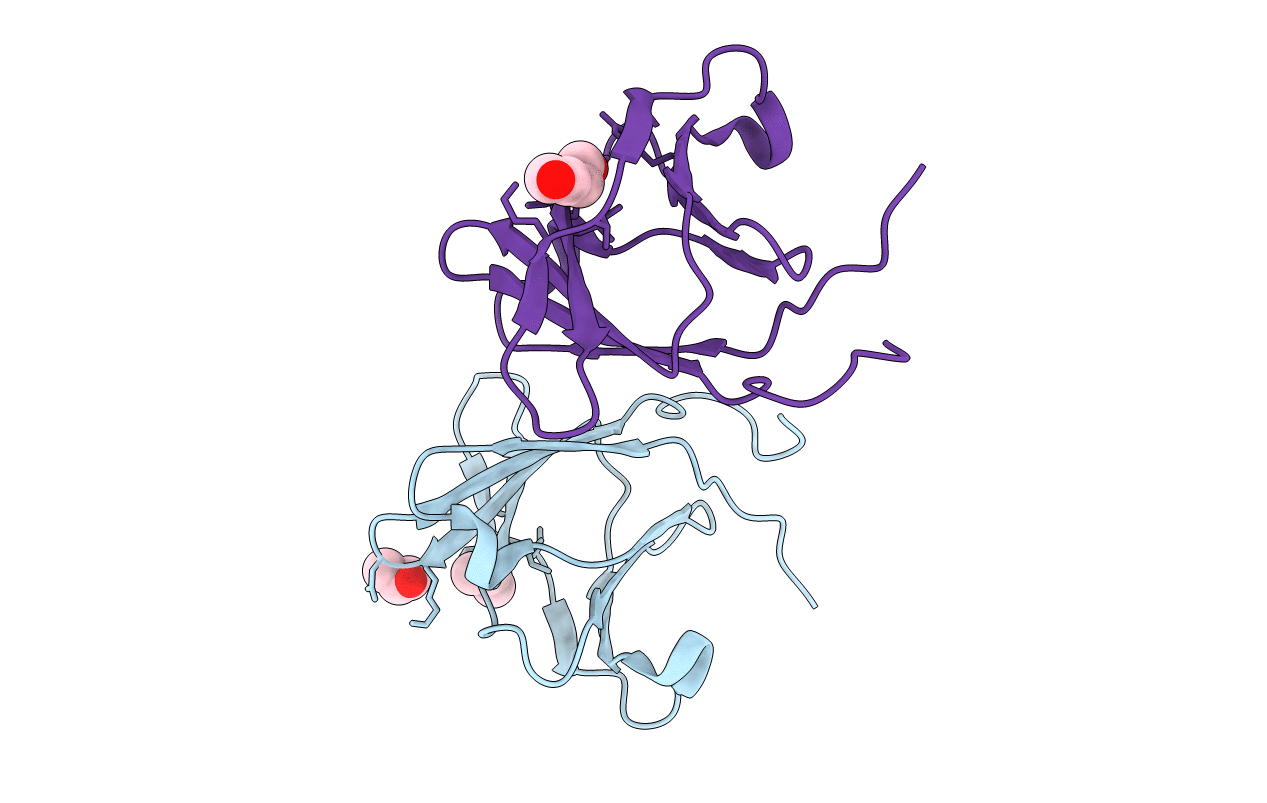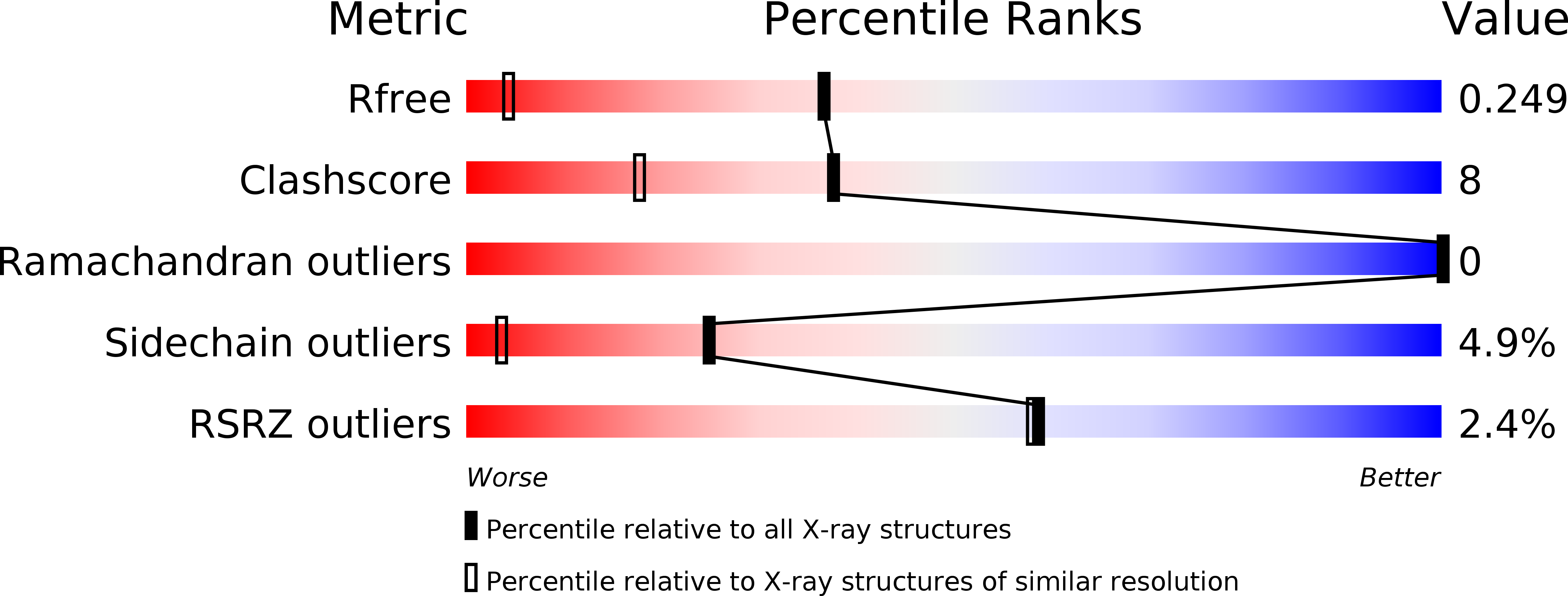
Deposition Date
2016-10-27
Release Date
2017-04-12
Last Version Date
2023-11-08
Entry Detail
PDB ID:
5H3V
Keywords:
Title:
Crystal structure of a Type IV Secretion System Component CagX in Helicobacter pylori
Biological Source:
Source Organism:
Helicobacter pylori (Taxon ID: 210)
Host Organism:
Method Details:
Experimental Method:
Resolution:
1.40 Å
R-Value Free:
0.24
R-Value Work:
0.20
R-Value Observed:
0.20
Space Group:
P 1 21 1


